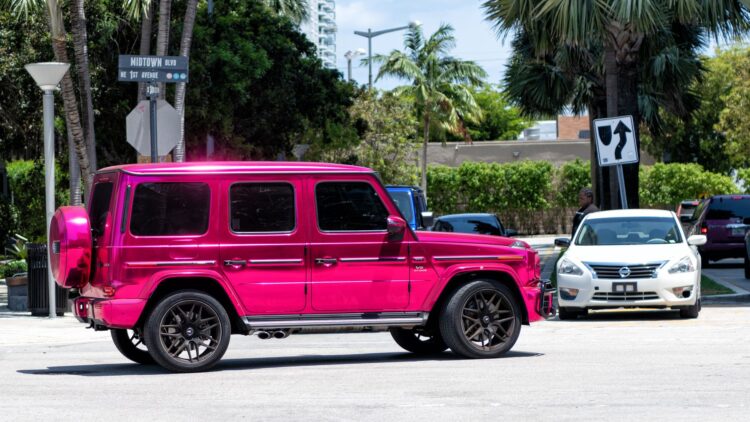As car manufacturers gear up for the new year, the color palette shaping the automotive landscape is evolving. A recent analysis by Kelley Blue Book reveals the top car colors for 2025, featuring a surprising favorite that could shock American consumers. From the classics to emerging trends, the findings highlight how color influences not only aesthetics but also safety and resale value.
Top car colors for 2025: The winner is…
According to Kelley Blue Book, the automotive color scene remains dominated by traditional achromatic shades, with white emerging as the most popular choice in North America.
Per the 2024-2025 Automotive Color Trends report by the BASF, white represents 34% of car purchases, followed by black (22%), silver (14%), gray (10%), blue (9%), and red (8%). Elizabeth Hoffman, BASF’s North America color designer, comments: “The old standard color palette no longer applies. Lighter shades are getting more popular, taking market share from gray.”
Interestingly enough, though, while neutral colors still reign, a shift is occurring as consumers increasingly gravitate towards bolder options. Automakers are responding with eye-catching new hues such as Neoteric Yellow from Hyundai and Molten Magenta from Ford.
Misty Yeomans, manager of color styling at PPG, says, “We have been predicting that consumers will be ready now and in the next decade for color… and move away from all gray and beige.
What car colors mean for resale value
Color choice plays a major role in impacting the resale value of a vehicle.
Serban Boldea, director of product planning at Volkswagen, emphasizes that the resale value is the main reason why 80% of car consumers opt for white, black, silver, and gray, given that they’re “the most simple and safe colors.”
While traditional colors generally maintain better resale value, vibrant hues may not fare as well in the market. For example, the bright orange of the Chevrolet Corvette Stingray is expected to retain value due to its association with a generation, whereas the Glowing Yellow tint of the Hyundai Sonata faces struggles in appealing to potential buyers.
Popular colors for different vehicle types
For SUVs, gray has recently surpassed white as the most popular choice, with the following distribution: gray (25%), white (24%), and black (18.5%). Minivans and light trucks continue to favor white, while luxury vehicles see a strong inclination toward white pearl and metallic finishes, comprising 31.5% of new luxury cars.
For sedans and hatchbacks, classic colors reign, with white capturing 21.5% of the market. Compact cars tend to showcase more playful colors, with buyers gravitating toward blue (21.5%) alongside white. Meanwhile, convertibles and coupes show a preference for black (21%), exemplifying how color preferences can vary considerably across vehicle types.
When it comes to safety, color matters. Research from Australia’s Monash University indicates that white vehicles have a 12% lower likelihood of being involved in accidents compared to black ones. Yellow is also considered a safe option, easy for other drivers to spot; orange also ranks high in visibility. In contrast, colors such as black, dark blue, and gray may blend into the night, making them less safe alternatives.
As 2025 begins to unfold, the automotive color landscape is set for transformation. While traditional colors such as white and gray remain popular for their safety and resale value, the emergence of vibrant hues reflects a growing consumer desire for individuality. Potential buyers should consider aesthetic appeal, as well as safety and resale value, when selecting their next vehicle. At the end of the day, the future of car colors may offer exciting possibilities, moving beyond the conventionally neutral and embracing a broader spectrum of options.

